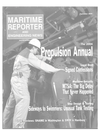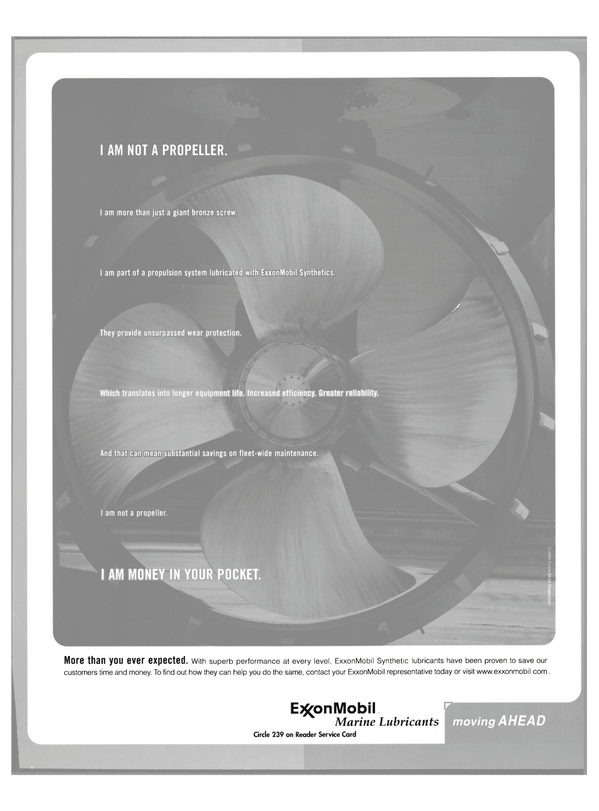
Current Uses of FEA in Shipbuilding
Finite Element Analysis (FEA) was developed in the Aircraft Industry in the late 1950's as a way of handling the more complex structures that were evolving. Finite Element analysis has been used in the maritime industry for many years. Lloyds Register and other certification authorities were very early adopters of the technique.
The NASTRAN FEA code was developed by NASA in the early 1960's to standardize FEA methods across contractors for the major Aerospace projects such as the Moon program and F-111. It was commercialized in the early 1980's.
NE NASTRAN was introduced in the mid 1990's with the emphasis on the PC environment to avoid the expense of the mainframe computing bottlenecks that many large contractors were experiencing.
Since then NE Nastran has gone from strength to strength and has achieved great success in the Maritime marketplace.
The maritime environment can be very harsh and unforgiving to designs that are not able to absorb the punishment meted out. Typical challenges include: Stiffness A high performance yacht mast designed for the Americas Cup or a warship communications mast must both be able to withstand the high wind and inertia loads without being overly flexible.
Failure to achieve required stiffness will result in performance degradation and even promote other failure modes.
Noran Engineering has been involved in non-linear analysis for these vessels where the effect of tension stays is vital to the design.
Strength This is a primary concern in all designs. NE Nastran has been used to investigating the strength of all classes of vessels under sea loading, from hogging and sagging of tankers spanning adverse wavelengths to the structural integrity of high-speed patrol boats. One of the key advantages of the FEA method is that a whole vessel model can be created relatively quickly and then a wide range of loading conditions can be studied. The survey techniques using contour plots in the NE Nastran post processor allow rapid assessment of design or modification suitability.
Vibration The ocean is a dynamic environment and the propulsion and transmission systems of vessels are often complex in nature. It is important to be able to predict the natural frequencies of the vessel to avoid resonance, both to avoid structural complications and to improve the operating environment for both crew and passengers. NE Nastran is regularly used to carry out complete modal surveys of whole ship models. The size of these is often very large, up to 5 million degrees of freedom, and requiring over 500 natural frequencies to be found.
The last two releases of NE Nastran have focused heavily on improving the speed and efficiency of these techniques.
The Post processor has been dramatically improved to ease visualization of what are the important structural modes, and separating them from the 'clutter'. Database storage techniques and Mode selection tools have all added to the improvement in productivity.
Specialist support for Shaft Whirling behavior has been included and automatic production of Campbell Diagrams for design against critical shaft resonances is slated for Version 8.4.
Dynamic Response: Shock, Transient, FR Slamming, Impact As well as surveying frequencies, there is a need to know the response of dynamic loading on the structure. This can be an actual time history or an operating environment defined by a Frequency Response, Random Response, Shock Spectra, or Naval Dynamic Design Method. The methods of setting these analyses up are very straightforward using the integrated preprocessor.
The DDAM interface in particular has been widely praised for its simplicity and convenience when dealing with confidential data.
Impact due to ship collision or slamming of high speed craft can be studied using the nonlinear capabilities of NE Nastran. Key here is the ability to define general 3D contact surfaces between structural components or sea surface.
Fatigue The survival of a vessel or offshore structure throughout its life is evaluated by conducting a fatigue analysis using NE Fatigue. The important ingredients here include defining the S-N curve applicable to the steels being used. This comes down to aligning the S-N curve to the steel classification levels, both for commercial vessels working to Certification Codes and Naval vessels working to naval requirements. The other data needed is the loading history of the vessel. This is very complex for a vessel which travels across a range of oceans. NE Fatigue allows the creation and matching of loading spectra or time history events that match the various definitions.
Where critical sites are to be investigated such as early cracking zones, weld failures etc., NE Nastran Fracture Mechanics is used to evaluate the stability of the crack to see if there is likelihood of propagation.
Composite Most maritime applications involve ferrous materials, however lighter patrol vessels, surface effect vessels and yachts use a large composite content. NE Nastran is able to model complex ply lay-ups, using real draping techniques if required, to map accurately the characteristics of the composite structure and its response. Composite failure criteria can be used to assess the strength of the structure and visualize the stress or strain on a layer by layer basis. A design 'ply book' can even be created if required.
Naval D-Dam For U.S. Navy vessels subject to severe shock loading, the Dynamic Design Method is a well proven technique.
NE Nastran fully supports this method with a very simple and elegant interface which allows the user to maintain the integrity of any sensitive data.
The training classes given by Noran Engineering in support of this product have been highly acclaimed as giving engineers a real insight into the process.
Where Does NeiNastran Fit?
NEiNastran can be used for early design evaluation, often utilizing a large 'Macro' model. Structures can be created rapidly and material properties and loading applied. As the design becomes more refined, the structure can be split into zones and the fidelity of the FEA mesh increased to capture more local details. A local model can be developed which allows the influence of the surrounding structural stiffness and loading to be mapped from the macro model.
Design iterations can be tried out rapidly using this technique. Finally NE Nastran can be used to carry out a full detailed analysis of the final design. The database methods used in the NEiNastran modeler are powerful enough to handle the housekeeping involved with many millions of degrees of freedom, assemblies and parts. Noran is working with several specialist shipbuilding suites such as MAESTRO from Proteus Engineering to allow even more powerful creation of whole ship models in a rapid and accurate manner.
CAD NEiNastran Modeler can import a wide variety of CAD file types, including PARASOLID, UG, CATIA, PRO/E, AUTOCAD etc.
Skill Level: Networks A very recent and exciting development has been the introduction of NEiWORKS which is an embedded Solidworks tool, allowing the design engineer access to the power of NEiNastran through a very comfortable user interface.
For any design or manufacturing organization using Solidworks, this opens up enormous potential in being able to carry out advanced analysis and, very importantly interchange analysis data and results with mainstream Nastran users, including NE, NX, MSC etc.
Circle 74 on Reader Service Card
Read Current Uses of FEA in Shipbuilding in Pdf, Flash or Html5 edition of September 2004 Maritime Reporter
Other stories from September 2004 issue
Content
- SSI Concerns Continue page: 5
- Signed Confessions page: 9
- OMI to Pay $4.2M for Waste Oil Dumping page: 14
- NASSCO Delivers Alaskan Frontier page: 17
- Alabama Shipyard to Build Hopper Dredge page: 17
- Merwede Tapped for Navy, Commercial Contracts page: 18
- FBM Babcock Wins U.S. Contract page: 19
- New Vessels from VT Halmatic page: 19
- ABCO Launches Three New Boats page: 20
- IR Generates $64M in Orders page: 24
- Sideways to Swimmers: Unusual Tank Testing page: 26
- Current Uses of FEA in Shipbuilding page: 30
- BMT Aims to Improve Vessel Evac page: 32
- Flensburg Makes its Mark Again page: 36
- SMM 2004: Ready for the World page: 36
- German Shipyards Propose Merger page: 37
- Voith to Exhibit VWT Baut at SIMM page: 37
- Blohm + Voss Repair Wins Business page: 38
- Methane Arctic Benefits from German Technology page: 39
- Becker Kort Rudder Nozzles for Improved Maneuverability page: 40
- Payer Presented Cross of the Order of Merit page: 42
- Xantic: Focus on Integrated Solutions page: 44
- A Benchmark in Electronic Fuel Injection page: 45
- Q&A with Wartsila CTO Matti Kleimola page: 46
- Seacor Crewboats "Eliminators" Some Maintenance Costs page: 49
- (Fuel) Cells of Endeavor page: 50
- Containerships: When Will One Engine Not Be Enough? page: 52
- Most Powerful Common- Rail Engine Passes Test page: 54
- Clean Concept for Brostrom Tankers page: 54
- Canadian Towing Firm Refits for the Future page: 56
- TOR: The Next-Generation Turbocharger page: 57
- Duramax Marine Creates Largest Ever DuraCooler page: 58
- ABS: Large Ship Hull Deflections Impact the Shaft Alignment page: 60
- The Great Maritime Disruption... that Never Happened page: 66
- New Positioning Technique Helps Cut Costs in Deepwater GOM page: 76
- U.S. Ferry Market Prospects Looking Up page: 77
- "Ship Design and Construction" page: 81


